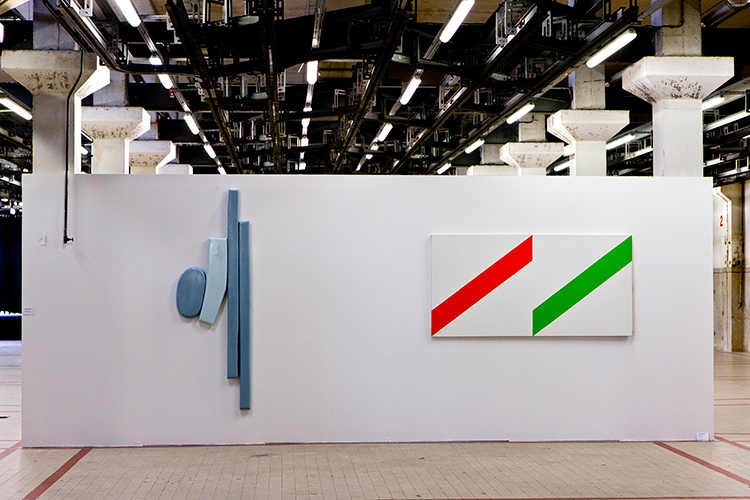
MARIE MAERTENS
( journalist, art critic, independent curator )
_______________________________________________________________
The Surface of the East Coast
From Nice to New York
_______________________________________________________________
June 23th – October 15th 2017
LE 109 – 89 Route de Turin, 06 300 Nice
The surface of the East Coast – From Nice to New York aims to establish a dialogue between two different countries and generations, by showing how they can echo, feed on each other, and today tackle new formal issues and trains of thought.
Edition of a bilingual catalog (French/English)
Supports/Surfaces versus la jeune scène new-yorkaise
Supports/Surfaces : La peinture est un fait en soi
Le groupe Supports/Surfaces est un mouvement artistique né à la fin des années 1960. L’un des points de départ est une exposition datant de 1969 et intitulée La peinture en question, dans laquelle des artistes parmi lesquels Claude Viallat, Louis Cane, Daniel Dezeuze, Noël Dolla, Marc Devade, Patrick Saytour ou Bernard Pagès, presque tous originaires du Sud de la France, déclarent : « L’objet de la peinture, c’est la peinture elle-même et les tableaux exposés ne se rapportent qu’à eux-mêmes. Ils ne font point appel à un ailleurs ». En 1970, ils présentent officiellement le groupe Supports/Surfaces à l’ARC – Musée d’Art Moderne de la Ville de Paris. Allant à l’encontre des créations de leur époque, ces artistes en appellent à une absence de lyrisme et de profondeur expressive. Souhaitant revenir aux fondamentaux de l’œuvre, ils se concentrent sur la toile et le châssis, sans y apposer la moindre représentation. Contre l’idée du tableau dit « bourgeois » apposé au mur, qui s’intègre bien dans cette période d’après Mai 68, les œuvres épousent l’espace-même, du sol au plafond. Le groupe interroge l’idée de déconstruction et de reconstruction, accompagnant les débats sur la société. Si ces plasticiens ont très tôt emprunté par la suite un chemin individuel, leurs recherches et valorisation de l’expérience auront définitivement marqué une époque et une réflexion sur la définition même de la peinture.
New York, au XXème siècle : Le retour aux fondamentaux
A New York, dans les années 2010, des plasticiens se développant dans un contexte artistique, géographie, politique et économique radicalement différent, se mettent à leur tour à déconstruire l’idée de la toile, pour la reconstruire. Au tout départ de leur recherche, ils ne connaissent pas nécessairement les artistes du groupe Supports/Surfaces, qui ont été jusqu’alors peu exposés aux Etats-Unis, mais se réfèrent davantage, si l’on doit chercher des sources historiques, à Frank Stella, Ad Reinhardt, l’art minimal ou encore le Bauhaus. Pour autant, il est fascinant d’observer que les œuvres présentent de fortes similitudes formelles. Ainsi, à nouveau les réflexions sur le châssis, décomposé ou recomposé, ou plus généralement le support accompagnent celles de l’œuvre dans l’espace. Le matériau même, souvent « sans qualité » ou celui, réemployé de l’atelier, revient au centre du travail, parfois accompagné du concept d’artisanat. Les toiles peuvent se faire horizontales ou réalisées par un métier à tisser. Le support est ce que l’on appelle, déhiérarchisé, et mis au même plan que l’ensemble des recherches qui vont jusqu’à intégrer l’œuvre dans l’architecture et son environnement. Aujourd’hui que des expositions du groupe Supports/Surfaces ont eu lieu, spécifiquement à New York ou ailleurs aux Etats-Unis, un lien à commencer à se tisser et un nouvel échange apparaît entre certains plasticiens.
_______________________
Supports/Surfaces: Painting as an act in itself
Supports/Surface is an artistic movement born at the end of the 1960’s. One of their starting point is a 1969 exhibition, Questioning Painting (La Peinture en question) in which some artists, including Claude Viallat, Louis Cane, Daniel Dezeuze, Noël Dolla, Marc Devade, Patrick Saytour and Bernard Pagès, almost every one of them coming from the South of France, proclaimed: “The object of painting is the painting itself, and the exhibited paintings only relate to themselves. They don’t appeal elsewhere”. In 1970, they officially present the Supports/Surfaces group at the ARC – Musée d’Art Moderne de la Ville de Paris. In opposition with the creations of their time, the artists called upon the lack of lyricism and of the depth of expression. Willing to return to the work’s basics, they focus on the canvas and the frame, leaving them blank of any representation. Standing against the idea of the “bourgeois” painting hanged on the wall, in line with the post-May 1968 era, their works fit closely with the space itself, from floor to ceiling. The group interrogated the notions of deconstruction and reconstruction, going along with the queries about society. Even if the group was short-lived and the artists continued to explore their own path, their research and the emphasis on experience have made their mark, as much as on their time than of the painting characterization.
New York, XXth century: back to the basics
In New York, from 2010, artists evolving in a completely different artistic, geographic, politic and economic context, started, in turn, to dismantle the canvas to reconstruct it. At the beginning, they don’t necessarily know the Supports/Surfaces artists, who had not been exhibited a lot so far, but tend to pertain more to Franck Stella, Ad Reinhardt, Minimalism or the Bauhaus – if one should seek historical references. Yet, it’s fascinating to note the formal similarities between their works. Again, the same researches on the frame, dismantled or reconstructed, or more generally the medium, go with the ones about the place of the painting in the room. The material in itself, often “poor” or reused, is placed once again at the core of their work, sometimes tied with the concept of craftsmanship. The canvas can now become horizontal, or woven. The hierarchy of the medium is threatened, it is put on an equal footing as their researches that can even be integrated to their works in the architecture or the environment. Today, as some Supports/Surfaces exhibitions took place in the US, and especially in New York, a bound started to appear and a new discussion began between some of the artists.
ARTISTS:
Justin Adian
André-Pierre Arnal
Mark Barrow & Sarah Parke
Vincent Bioulès
Anna Betbeze
Joe Bradley
Sarah Braman
Pierre Buraglio
Louis Cane
Marc Devade
Daniel Dezeuze
Noël Dolla
Adam Henry
Jacob Kassay
Lucas Knipscher
Erik Lindman
Landon Metz
Sam Moyer
Bernard Pagès
Jean-Pierre Pincemin
Patrick Saytour
Gedi Sibony
André Valensi
Claude Viallat

Justin Adian, Almost there, 2015
Marc Devade, Sans titre, 1968
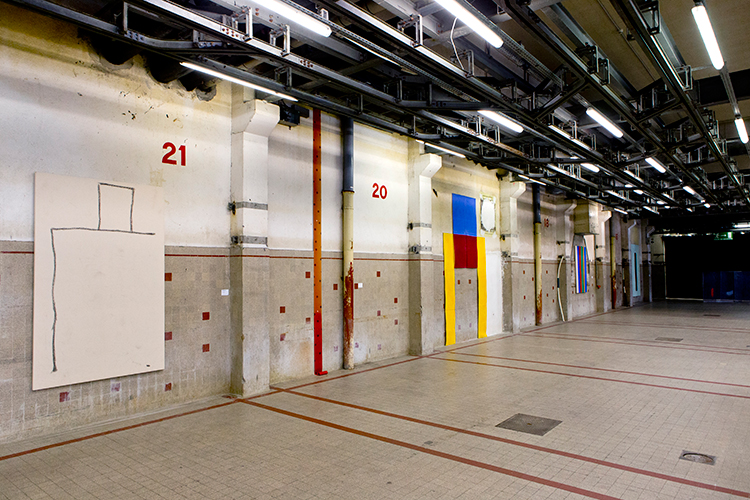
Joe Bradley, Turner, 2009
Noël Dolla, Bande rouge, 1970
Louis Canne, Toile découpée, 1974
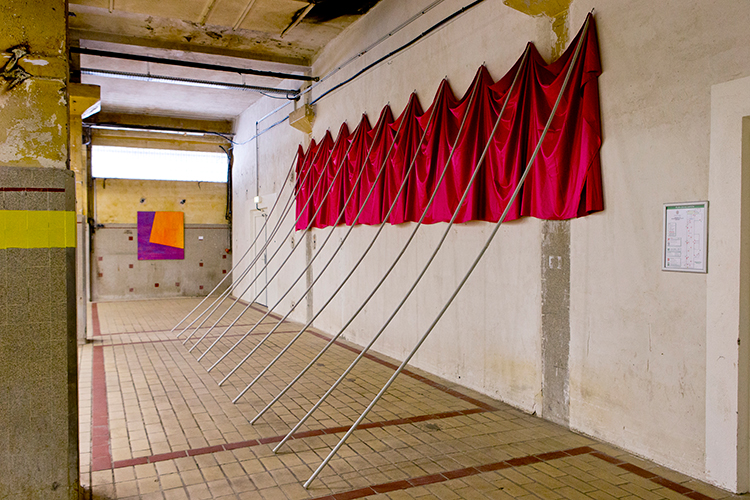
Sarah Braman, Today, 2014
Patrick Saytour, Déployé, 1970
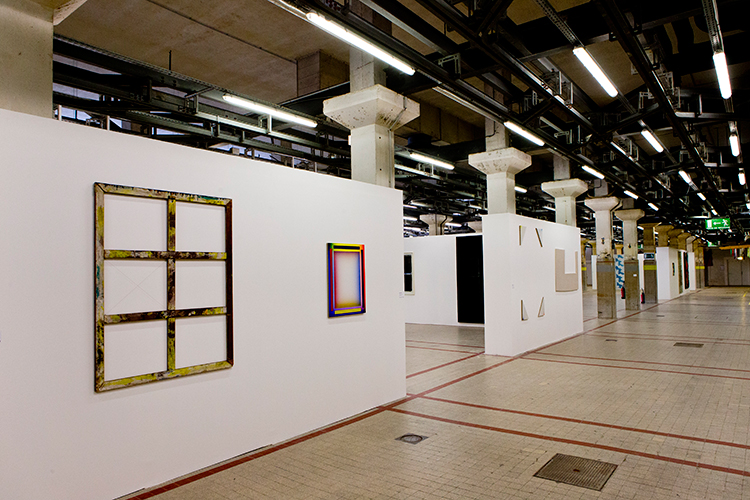
Pierre Buraglio, Châssis, 1974
Adam Henry, Untitled (FtMFtFr), 2016
Adam Henry, Untitled (otVTZto), 2014
Jacob Kassay, End User, 2014
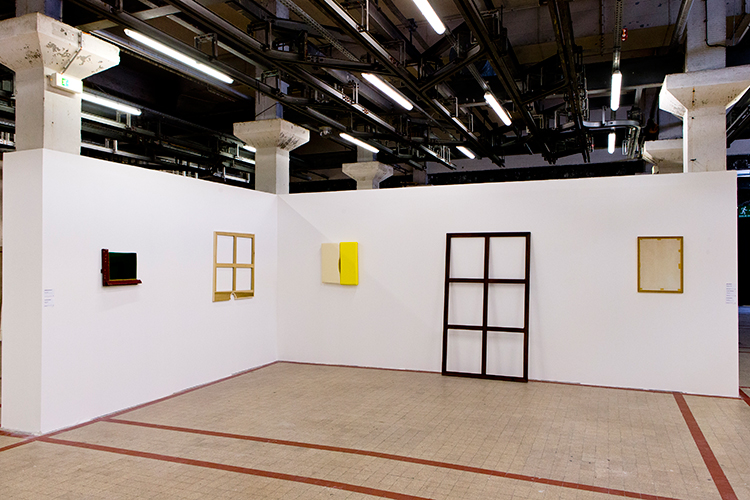
Pierre Buraglio, Fenêtre, 1981
Jacob Kassay, Untitled, 2015
Justin Adian, Casual, 2015
Daniel Dezeuze, Châssis, 1967
Gedi Sibony,The Crowners, 2013
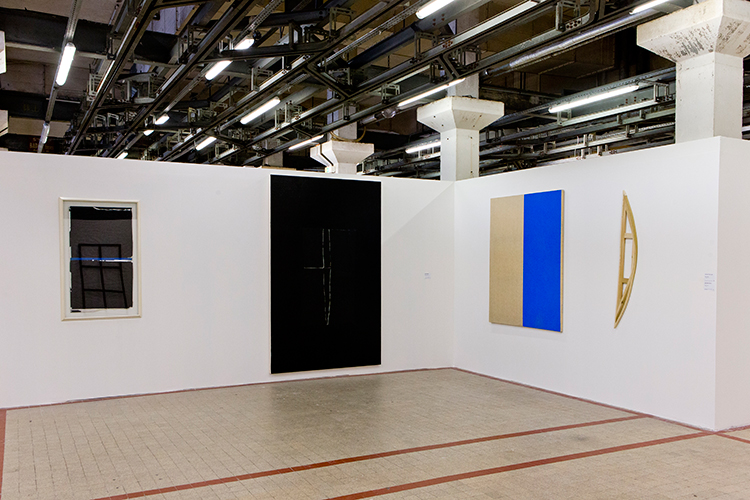
Pierre Buraglio, Assemblage avec papier d’emballage, 1981
Erik Lindman, Untitled, 2015
Vincent Bioulès, Peinture, 1971
Jacob Kassay, Untitled, 2015
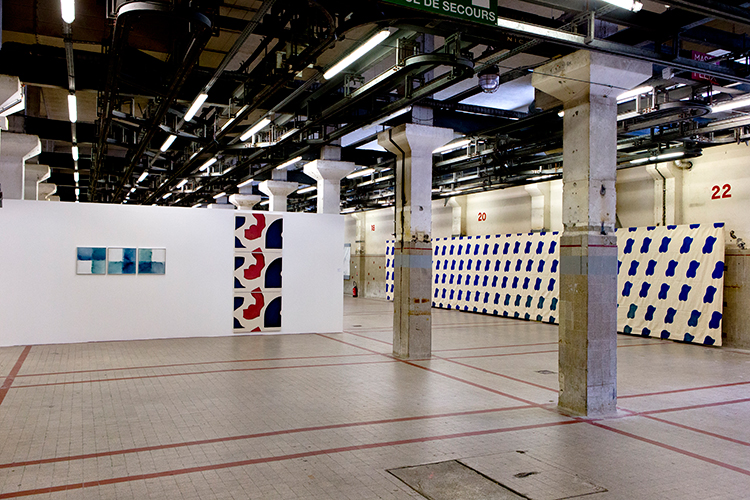
Marc Devade, Sans titre, 1973
Landon Metz, Untitled, 2015
Claude Viallat, 005/1968, 1968
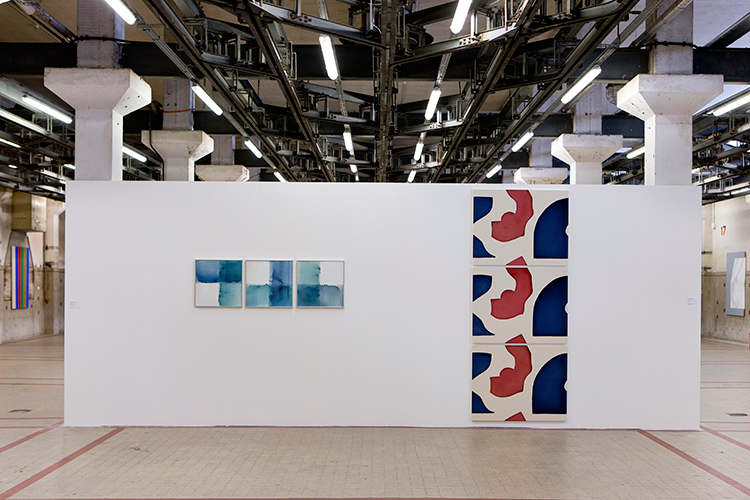
Marc Devade, Sans titre, 1973
Landon Metz, Untitled, 2015

Lucas Knipscher, Untitled, 2015
Patrick Saytour, Brûlage, 1967
Anna Betbeze, Heatwave, 2014
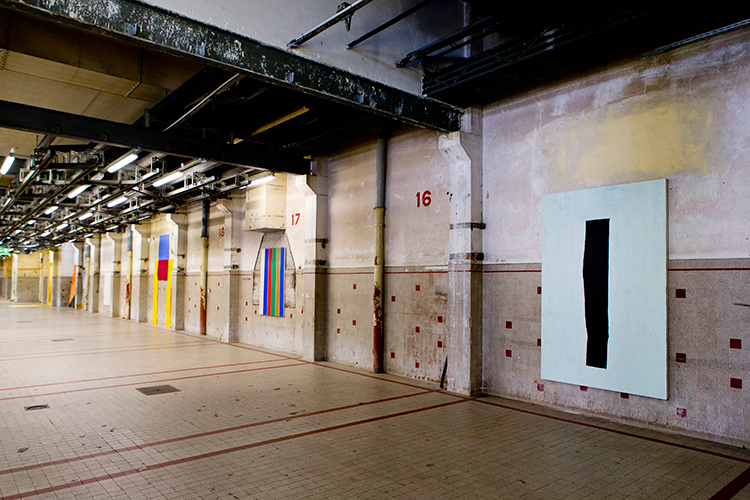
Erik Lindman, Untitled, 2015
Vincent Bioulès, Peinture, 1971
Louis Cane, Toile découpée, 1974
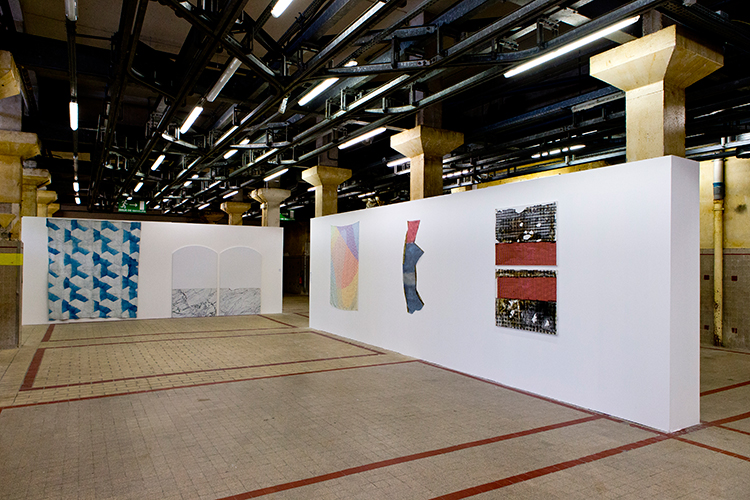
Jean-Pierre Pincemin, Sans titre, 1973
Sam Moyer, Me & Wolfie, 2015
Mark Barrow et Sarah Parke,YMC3, 2014
Daniel Dezeuze, Gaze 1, 1976
Lucas Knipscher, Untitled, 2015
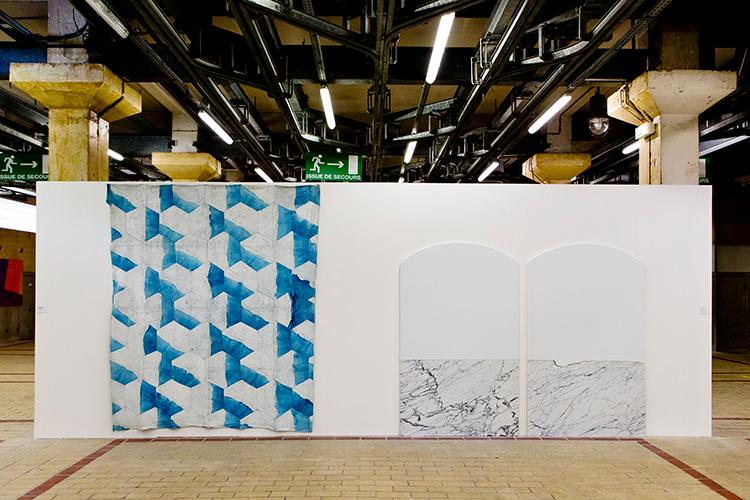
Jean-Pierre Pincemin, Sans titre, 1973
Sam Moyer, Me & Wolfie, 2015
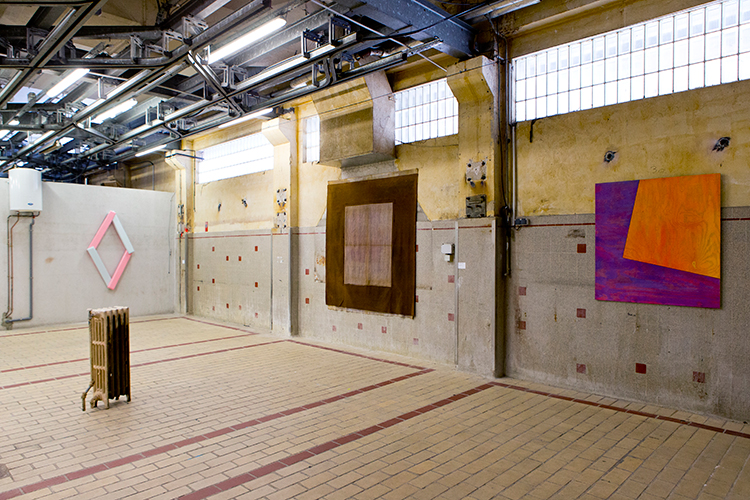
Gedi Sibony, The Lot Breather, 2013
Justin Adian, Either Way, 2015
André Valensi, Sans titre, 1973
Sarah Braman, Today, 2014
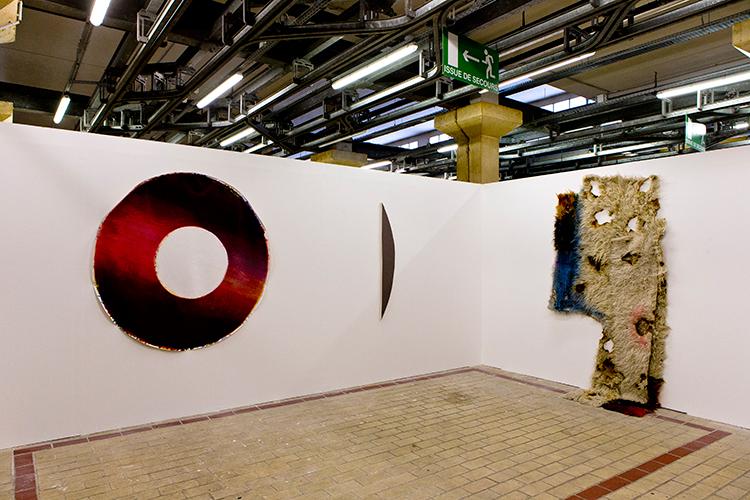
André Valensi, Sans titre, 1976
Jacob Kassay, F, 2014
Anna Betbeze, Appalachia, 2016
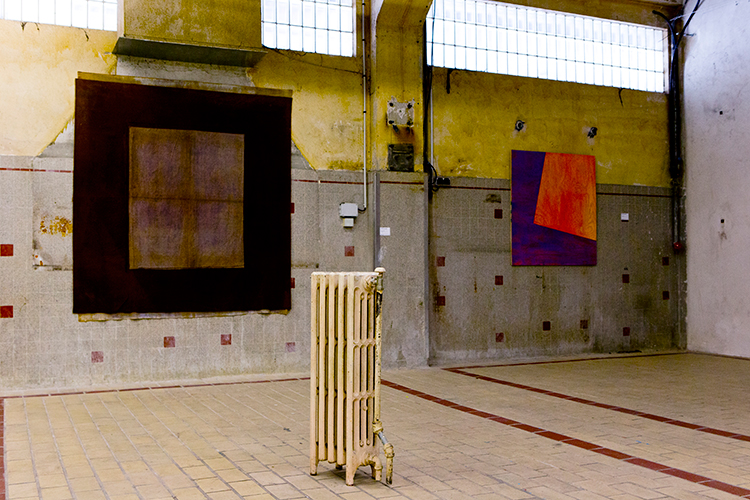
André Valensi, Sans titre, 1973
Gedi Sibony, The Lot Breather, 2013
Sarah Braman, Today, 2014

Vue d’ensemble

Bernard Pagès, Tôles et barres de bois, 1971
André-Pierre Arnal, Pliage, 1971
Sam Moyer, Right side, 2015
Claude Viallat, 005/1968, 1968
Justin Adian, Almost there, 2015
Marc Devade, Sans titre, 1968
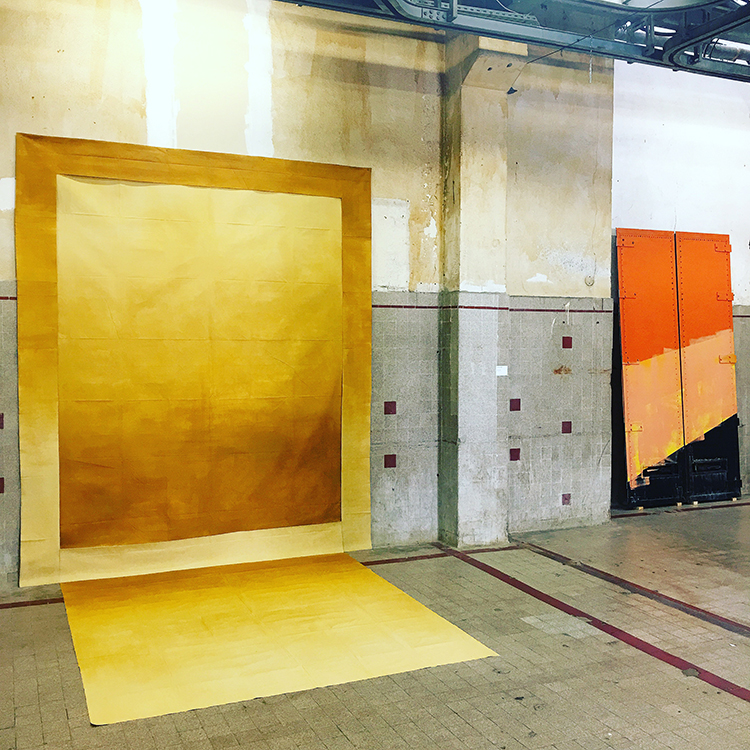
Louis Cane, Sol/Mur, 1974
Gedi Sibony, Queens Daughters (Ladies in Waiting 1 and 2), 2009
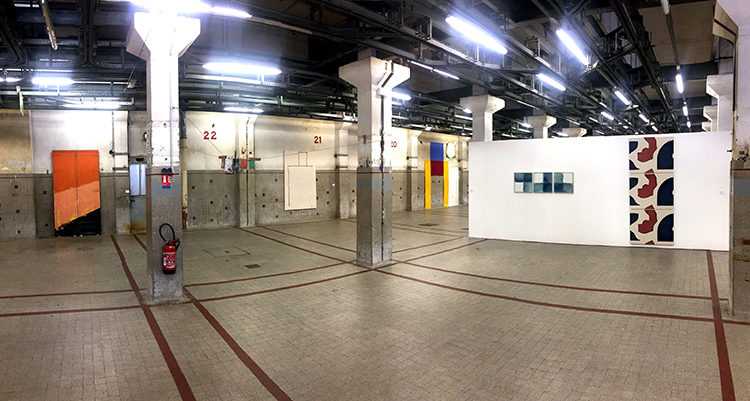
Vue d’ensemble